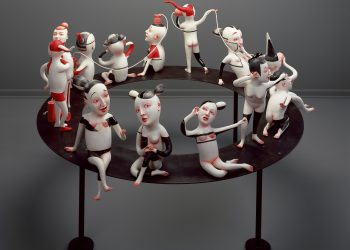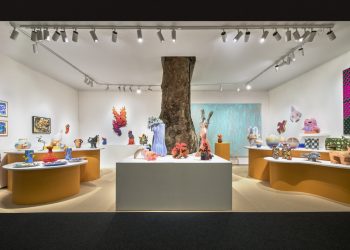Brian Molanphy’s attention to flux, endurance, transgression, and history informs his art, first accomplished through books and muck. As a bookmaker and baker, he learned to apprehend the world through containers. Coupled with the muck of paper pulp, printer’s ink, pastry cream, and bread dough, containment led to ceramics. He graduated magna cum laude with Distinction in Art from Colorado College. A university fellowship was provided for an M.F.A. in ceramics from Pennsylvania State University (PSU). Fellowships from the Fulbright Commission, the Camargo Foundation, and the Brown Foundation brought him to France for several projects. He taught at Colorado College, PSU, and the Alberta College of Art and Design (ACAD), and he now teaches at Southern Methodist University (SMU), where he is Professor of Art at the Meadows School of the Arts. SMU’s President’s Partners grant, University Research Council grants, Meadows Summer Fellowship, Meadows Faculty Development grants, and Division of Art grants as well as Sam Taylor Fellowships have supported his research. Molanphy has lectured and participated in panel discussions for the Newberry Library, the Franco-American Commission for Educational and Cultural Exchange, the National Council on Education for the Ceramic Arts (NCECA), the Nasher Sculpture Center, and several universities. Molanphy is a member of Phi Beta Kappa and the International Academy of Ceramics, and is represented in public and private collections in North America, East Asia, and Europe.
Visit Brian Molanphy’s website.
Featured work
Selected works, 2020-2023
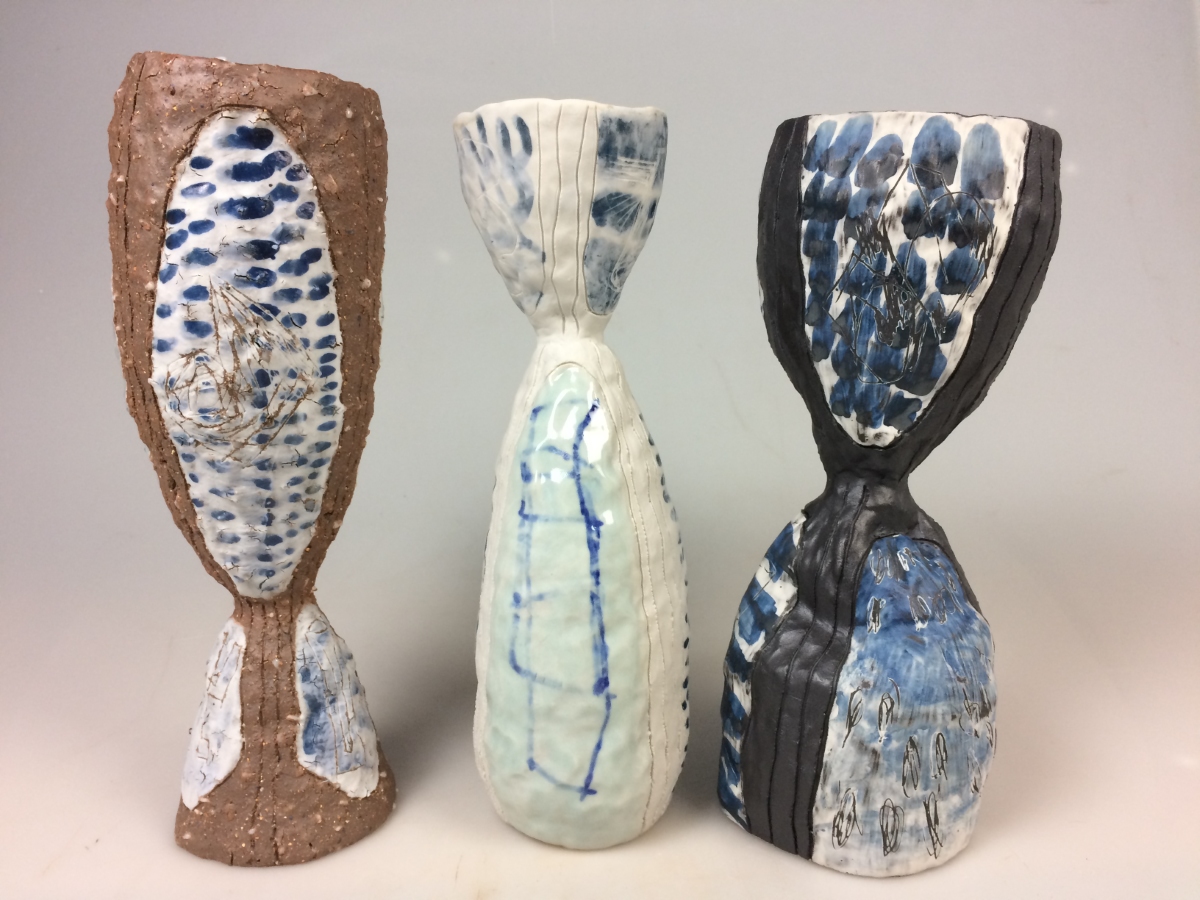
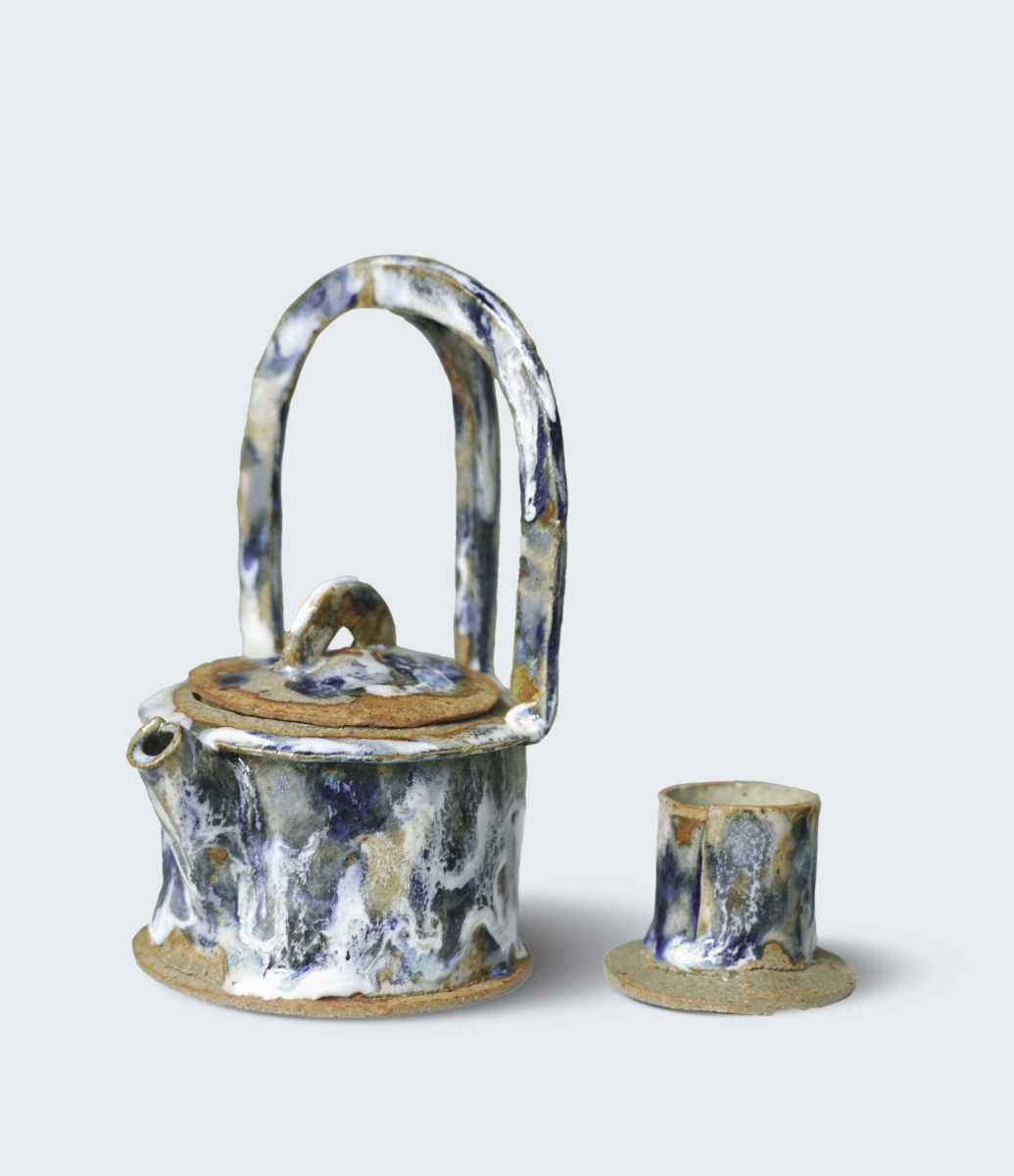
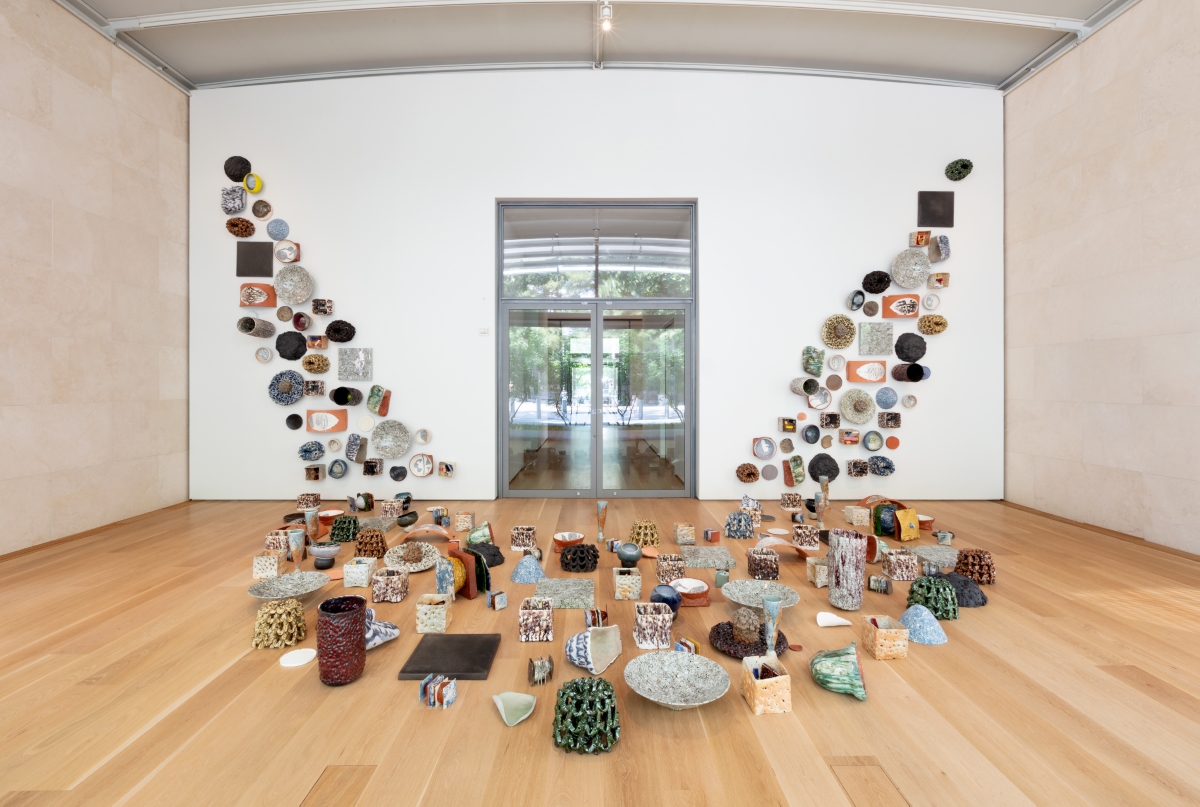
I treat the problem; how do we form, give form, and inform? I make containers to explore access and reception through place and cover. I seek to produce artworks that withstand frequent displacement, ontological as well as physical. The primacy of entrance and exit in the container, large or small, on the wall or on the floor, is enhanced by my own circuit of departure and return. Instead of designing art for a particular place, I adapt my open-ended series of repeated elements to various places. I rely on shadows for the composition of individual forms as well as for the connection between forms or series. Shadows are plastic and typically penultimate to light and form. However, their conventional secondary status may be seen as giving a primary definition to form or identity through trace and memory. Poetry provides my projects with models of recollection, representation, and reliving of memory. This repetition is expressed in my artworks at the scale of a grasp, an embrace, or a shelter.







